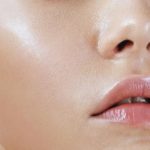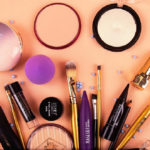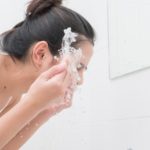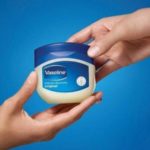Many believe that using a facial cleanser is enough to clean the skin, but according to experts, makeup removal is one of the first and most important steps in a woman’s daily skincare routine.
Makeup removal cleanses the skin more deeply than a facial cleanser, helping to remove dirt, sweat accumulated on the skin, and wash away the sebum secreted from the oil glands on the skin. In addition, makeup removal also helps maximize the effectiveness of the subsequent skincare steps, resulting in smoother, more radiant skin and reducing the risk of aging.
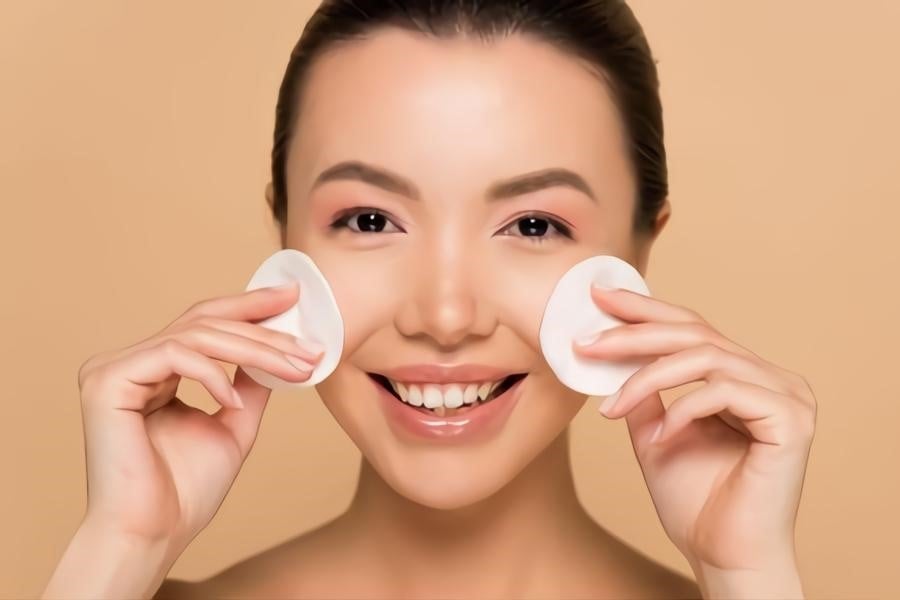
It is recommended to use makeup remover in the evening to cleanse the layers of makeup and dirt on the skin, while allowing the skin to rest and recover overnight. However, in some cases, makeup remover can also be used in the morning.
Proper Makeup Removal Techniques
2.1. When Not Wearing Makeup
– Wet a makeup removal cotton pad with warm water and gently wipe the eye area, nose bridge, etc.
– Apply makeup remover to the cotton pad and gently cleanse the skin, paying special attention to the sides of the nose, the area below the lips, etc.
– Cleanse for about 1-2 minutes, until the cotton pad is clean and no longer dirty.
– Rinse the face thoroughly with a facial cleanser.
2.2. When Wearing Makeup
– Apply makeup remover to the face while the makeup is still on, and massage for about 30 seconds to 1 minute. It is recommended to use an oil-based remover for more thorough cleansing.
– Use a makeup removal cotton pad to wipe off all traces of makeup.
– Wet your hands and face, then massage again for 30 seconds to 2 minutes, until there is no more oil on the skin and it becomes completely white and milky.
– Rinse the face thoroughly with a facial cleanser.
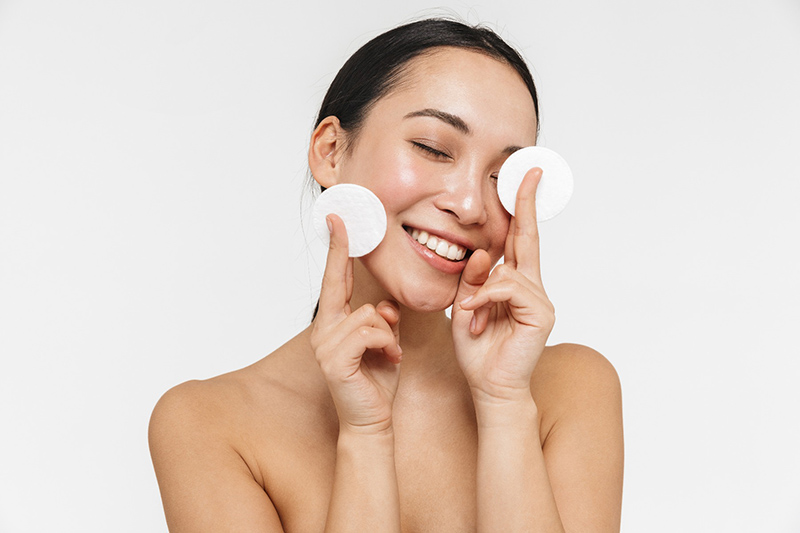
Important Notes
– Use reputable products and avoid using unbranded or unknown origin products.
– Choose a makeup remover that is suitable for your skin.
– When removing makeup, avoid rubbing too harshly, as it may damage the skin on your face. Also, use a makeup removal cotton pad to gently wipe the face in an upward motion, avoiding the skin from sagging.
– After removing makeup, gently pat water onto your face to remove excess makeup remover.
– It is recommended to follow up with a toner and moisturizer to tighten pores and balance the skin’s moisture.
In makeup removers, there are commonly mineral oils, parabens, synthetic fragrances (fragrance, perfume), additives (diethanolamine, monoethanolamine, triethanolamine), and dry alcohols (alcohol).
If not used correctly, it can cause redness, skin irritation, acne breakout, and worsen existing blemishes. If you experience any of these symptoms after using a makeup remover, discontinue use and consult a doctor for proper treatment.
–

























